Removing a bathroom vanity is not always an easy task. There are many hidden screws and bolts that can be slightly difficult to locate.However with a little patience and some common tools. it can be done Here are five tips on how to remove a bathroom vanity
Try to find a diagram of the vanity or take pictures of the screws and bolts before starting to remove them so that you don’t lose them.
How to remove a bathroom vanity is an important question that many people may ask. Vanity removal can be done in a number of ways, depending on the vanity and how difficult it is to remove. A few tips for removing a bathroom vanity include using a hand saw, drilling holes into the vanity, or using a power drill.
If you’re unhappy with the way your bathroom vanity looks, there are a few simple steps you can take to get it removed. The first step is to determine if the vanity is fixed to the wall or if it can be removed. If the vanity is fixed to the wall, you’ll need to locate the studs and remove them using a drill bit or screwdriver. Once the studs are removed, use a saw or chisel to cut out the vanity.
Preparing to Replace Your Bathroom Vanity
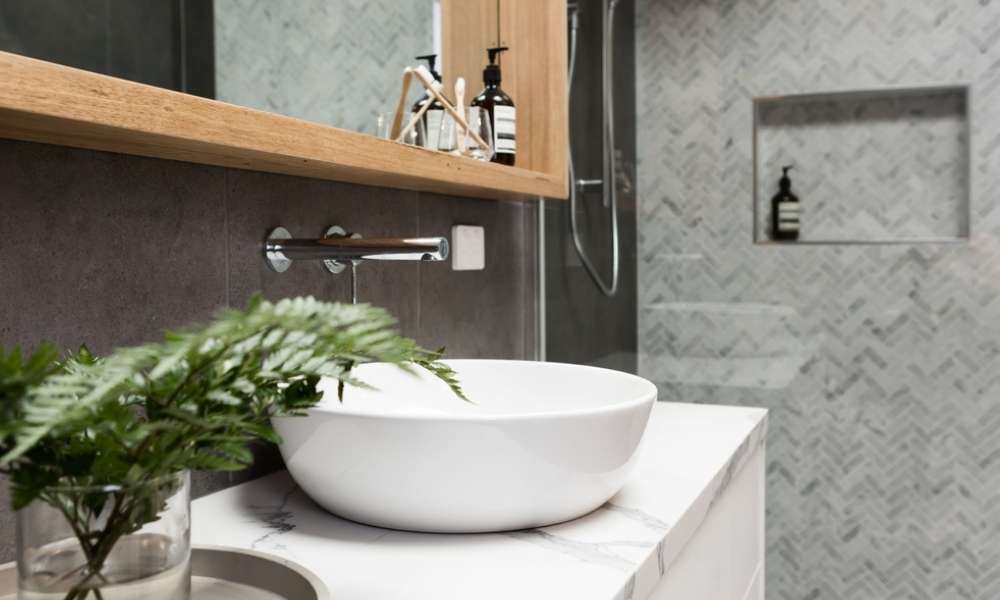
Replacing your washroom nothingness is a big job that can be broken down into a few smaller steps. The first step is to carry away the old nothingness. This may seem daunting, but it’s actually not too difficult. Here is a guide on how to do it.
1. Remove the sink and countertop. This can usually be done by unscrewing the bolts that hold them in place.
2. Disconnect any plumbing that is attached to the nothingness. This may include water lines, drainage lines, and electrical wiring.
3. Unscrew the frothiness from the wall and floor, using a screwdriver or drill if necessary.
4. Take the old frothiness out of the washroom and dispose of it properly.
Now that the old frothiness is gone, you’re ready to install your new one!
How Much Does It Cost to Replace a Bathroom Vanity?
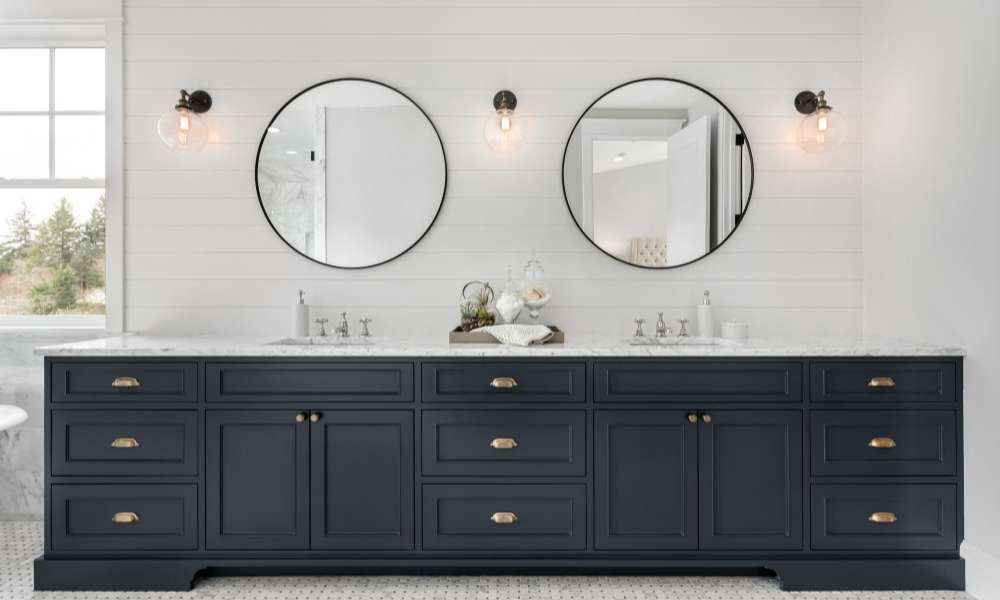
There are a few factors to consider when pricing out a new bathroom vanity. The first is what type of frothiness you want. A basic, unfinished wood frothiness can be as cheap as $50, while a stone or marble top can add hundreds of dollars to the price. The size of the vanity also matters – a double sink nothingness will be more expensive than a single sink version. Installation costs will also vary depending on whether you do it yourself or hire a professional.
Tools and Gear Needed to Remove a Bathroom Vanity
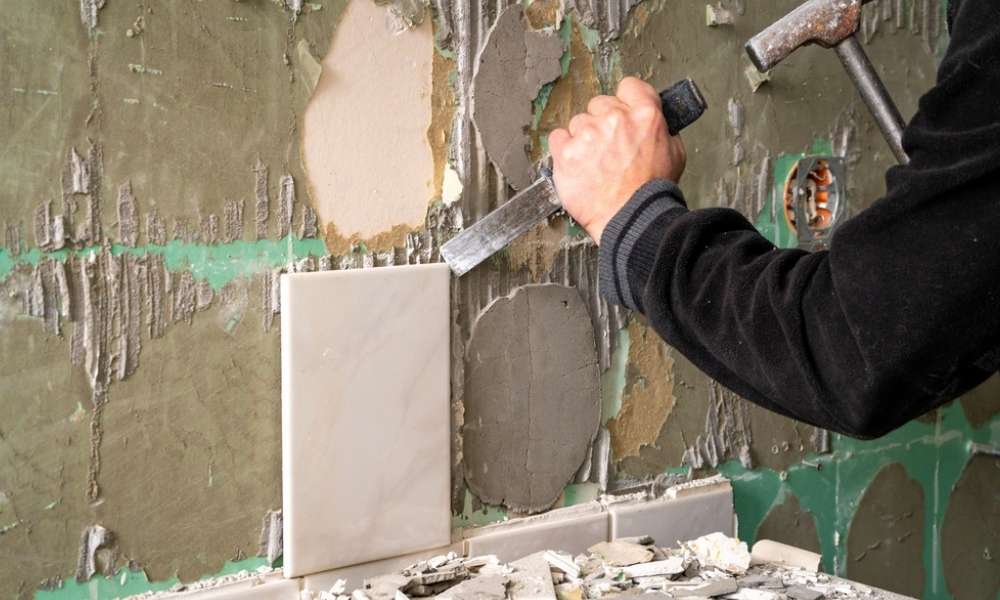
Removing a washroom nothingness is not as hard as it may seem. In fact, all you need are a few basic tools and some gear. The most important tool you will need is a screwdriver. You will also need a drill, a jigsaw, and a chisel. In addition, you will need some basic gear such as safety goggles, ear protection, and a dust mask. Finally, you will need an assistant to help you hold the vanity in place while you carry away the screws.
The first step is to carry away the screws that hold the frothiness to the wall. There may be anywhere from one to four screws, depending on the model of it. Once the screws are removed, have your assistant hold the frothiness in place while you gently pry it away from the wall with your hands.
How to Remove Your Bathroom Vanity in Six Steps

Removing a bathroom vanity is a relatively simple process that can be completed in six steps. First, carry away all of the hardware from the frothiness such as the knobs, pulls, and screws. Next, disconnect any water and electrical lines attached to that. If there is a sink attached to the frothiness, remove it by unscrewing the clips that hold it in place. The next step is to carry away the countertop from that by unscrewing any screws that hold it in place. Once the countertop is removed, you can then remove the cabinet from the wall by unscrewing any screws that hold it in place. Finally, take down all of the mirrors and light fixtures that are attached to that and dispose of them accordingly.
How to Remove a Vanity with Floor Plumbing
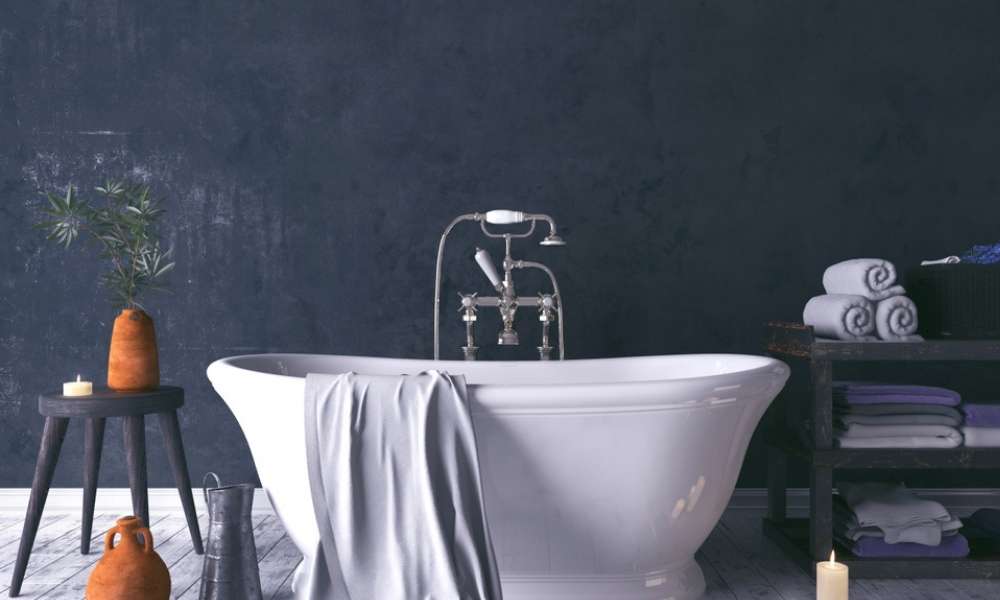
Removing a washroom unsubstantiality is a process that can be completed by most do-it-yourselfers. The first step is to disconnect the water supply and remove the sink traps. Next, it must be detached from the wall. This is typically done by removing the screws that hold it in place. Finally, the plumbing below it can be disconnected and removed.
Take Down the Vanity Mirror
Removing a toilet unsubstantiality is not as hard as it seems. The first step is to steal the drawers and the hardware. This can be done with a screwdriver. Once the hardware is removed, the unsubstantiality can be lifted off of the screws that are holding it in place. If there is any caulk around the edge of the unsubstantiality, it can be removed with a razor blade.It can then be replaced with a new one.
Removing a Mirror That is Glued to the Wall
If you are like me, you may have encountered a mirror that is glued to the wall while trying to steal a washroom unsubstantiality. This can be a real pain, but with a few simple tools and techniques, it can be done.
First, try using a pry bar or chisel to loosen the adhesive. If this doesn’t work, you can use a drill with a wire brush attachment to chip away at the adhesive. Be careful not to damage the surface of the mirror. Once most of the adhesive is removed, use a putty knife or other sharp object to pry the mirror from the wall.
Remove Tile or Backsplash
Removing tile or a backsplash is not as hard as it seems. With the right tools and a little bit of patience, you can have it removed in no time. Here are the steps you need to take:
1. gather your supplies – you will need a chisel, hammer, safety glasses, a putty knife, and tile adhesive remover
2.Carry away the grout – use the chisel and hammer to chip away at the grout until it’s all removed. Be careful not to damage the tiles in the process
3. use the putty knife to apply the adhesive remover to the tiles. Let it sit for a few minutes, then use the putty knife to scrape off the tiles
Removing the bathroom unsubstantiality is a fairly simple process. The first step is to detach the sink hardware, which is typically held in place with either screws or clips. If the screws are visible, they can be removed with a Phillips head screwdriver. If the clips are used, they can be pried open with a flathead screwdriver. Once the hardware is detached, the unsubstantiality top can be lifted off of the cabinet. If there are any screws securing the top to the cabinet, they can be removed with a Phillips head screwdriver.
How to Disconnect Your Bathroom Sink & Hardware
Installing a new washroom unsubstantiality can be a daunting task. But what do you do if you want to steal the old one? In this article, we will show you how to disconnect your washroom sink and hardware.
First, you will need to steal the vanity top. If it is attached with screws, remove them with a Phillips head screwdriver. If it is glued on, use a putty knife to pry it off.
Next, disconnect the sink from the faucet by unscrewing the nuts that hold it in place. You may need to use a wrench for this step.
Finally, disconnect the plumbing from the sink. This can be done by unscrewing the fittings that hold it in place. Again, you may need a wrench for this step.
How to Remove the Vanity Top
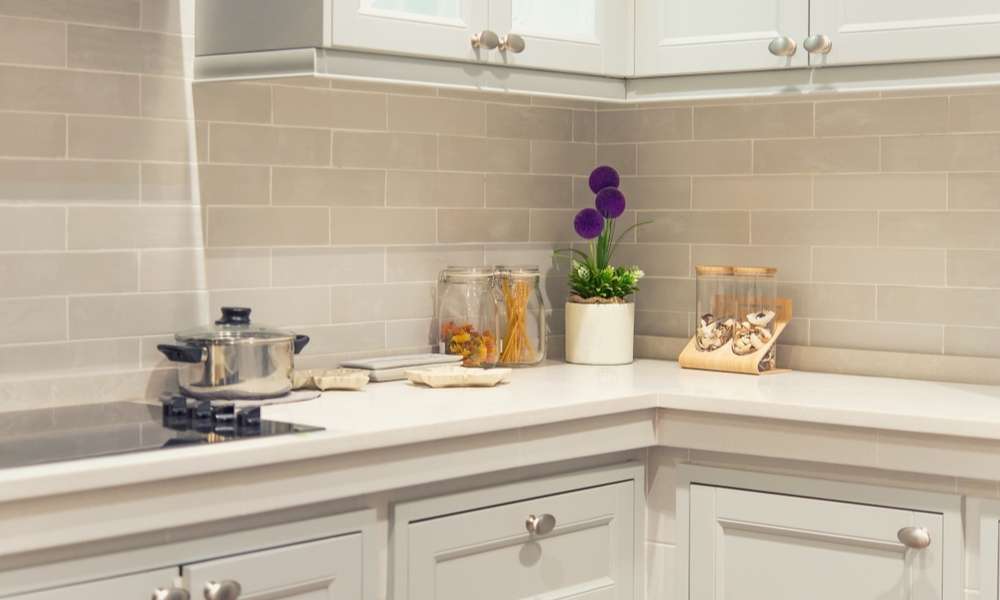
Removing a bathroom unsubstantiality is a fairly easy process. The first step is to remove the screws that hold the unsubstantiality to the wall. There may be one or two screws at the top of that and one or two screws at the bottom. Once the screws are removed, that should be able to be pulled away from the wall.
The next step is to remove the countertop. This can be done by unscrewing the bolts that hold it in place. There may be four or more bolts, depending on the style of countertop. Once all of the bolts are removed, the countertop can be lifted off of that.
If there is any caulk around the edge of the countertop, it can be removed with a utility knife or a razor blade
Remove Bathroom Vanity from the Wall
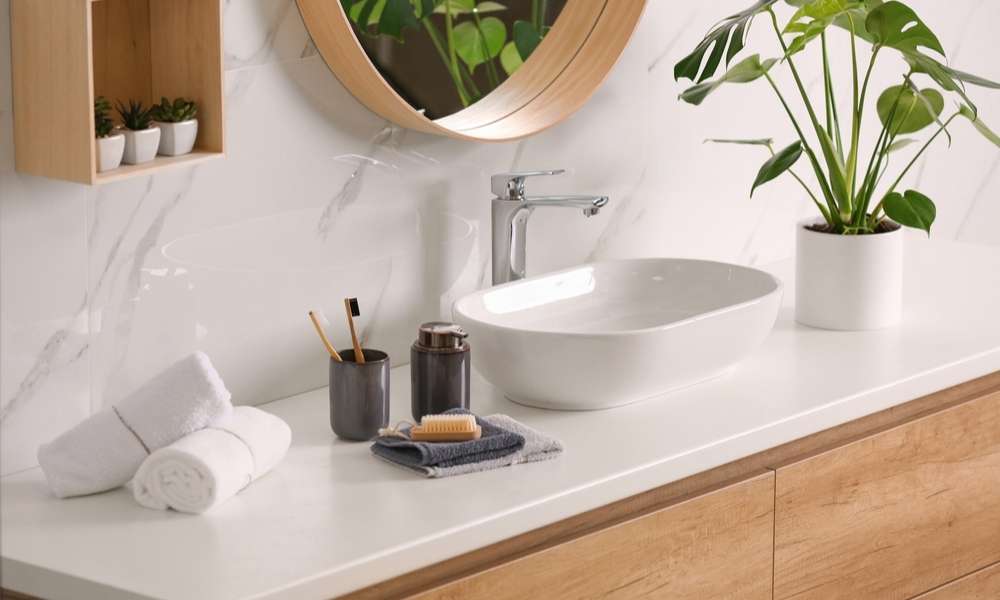
Removing a bathroom vanity from the wall is a fairly easy process, but there are a few things you need to know before you get started. First, you will need to remove the sink and faucet from the vanity. Next, remove the screws that hold the nothingness to the wall. Finally, pull the nothingness away from the wall and disconnect the water lines.
Clean Up Your Debris and Repair Your Wall
Removing a washroom nothingness can be a daunting task, but with these simple steps, you can do it yourself without any trouble. First.
remove the drawers and hardware from that. Be careful not to damage them in the process. Then, unscrew the top of that from the base. If there are any screws or nails that are holding the unsubstantiality together,
remove them at this time. Next, take a look at how the unsubstantiality is attached to the wall. There may be screws or nails that need to be removed in order to take that down. Finally, lift up and pull out on that until it comes free from the wall. If there is any debris left behind after removing the unsubstantiality, clean it up with a vacuum or broom. Finally, repair any damage to the wall where that was attached using spackle or drywall compound.
Conclusions
In conclusion, removing a bathroom vanity is a fairly simple process. With a few basic tools and some patience, you can have it done in no time. Be sure to take precautions when working with electricity and plumbing, and always read the manufacturer’s instructions before starting any project.



